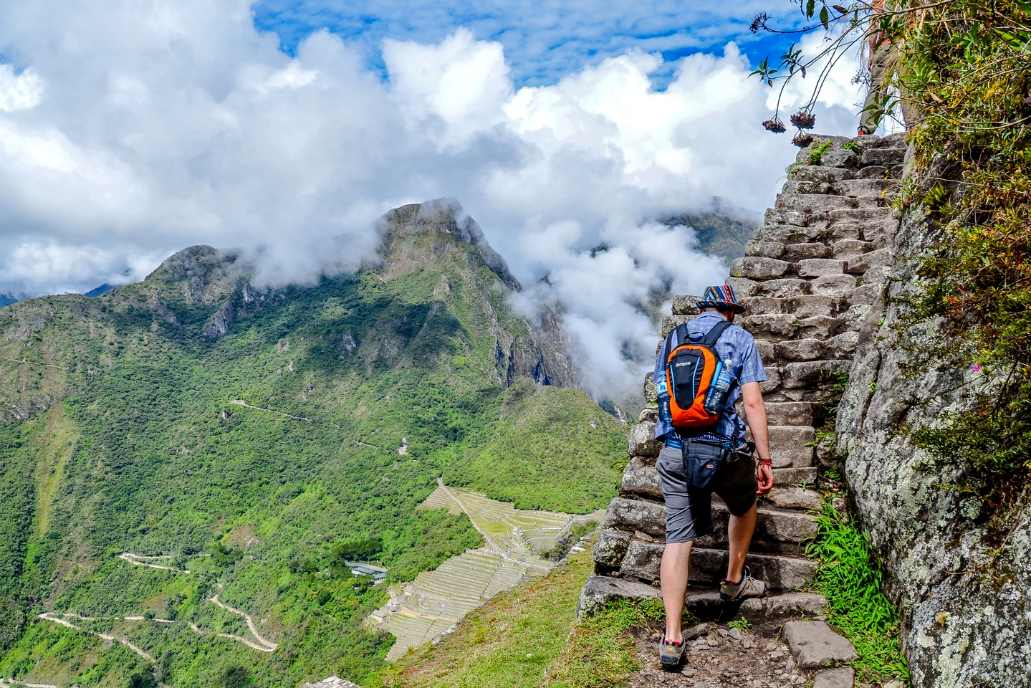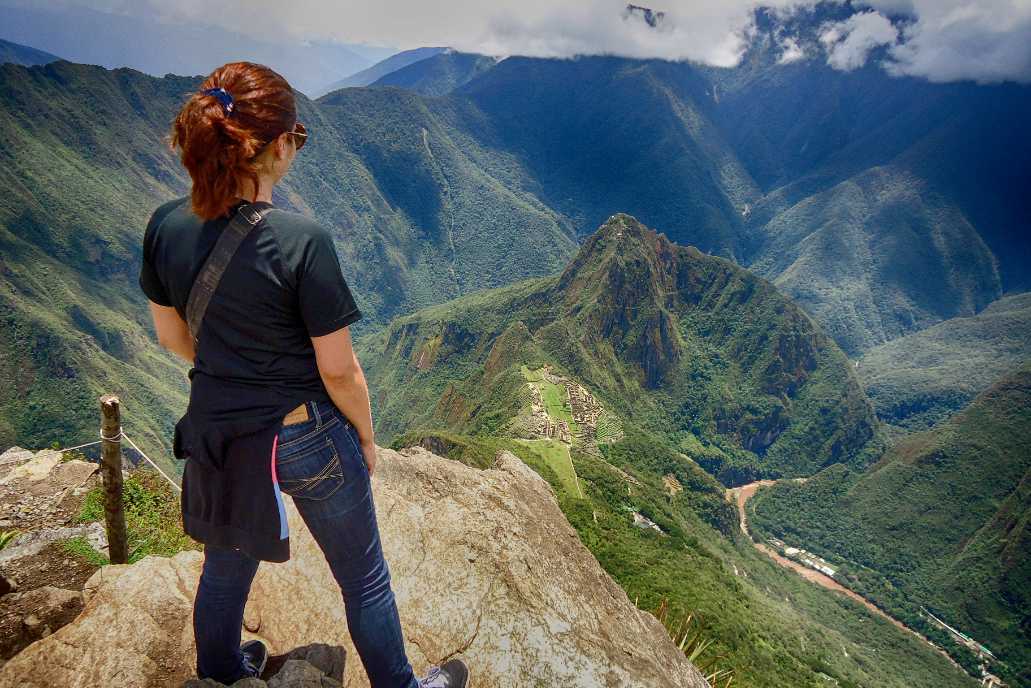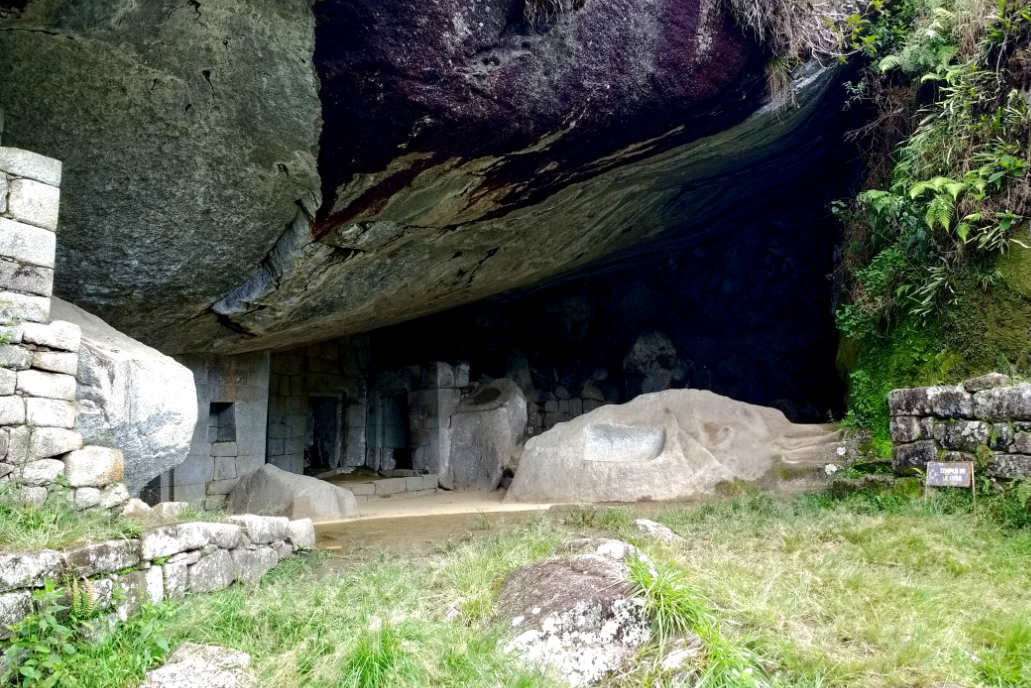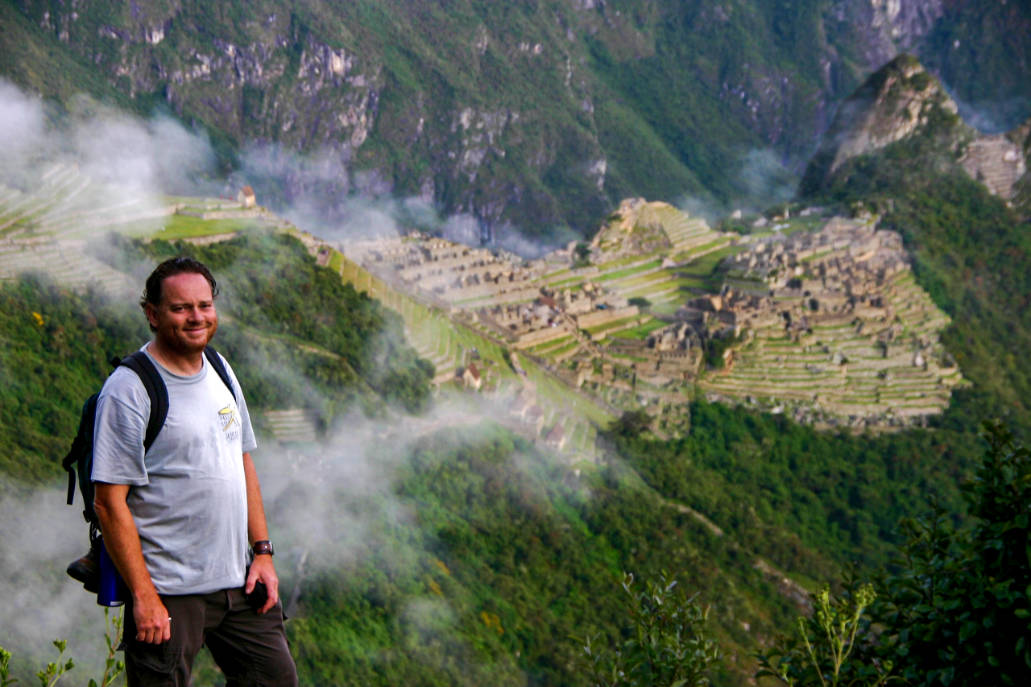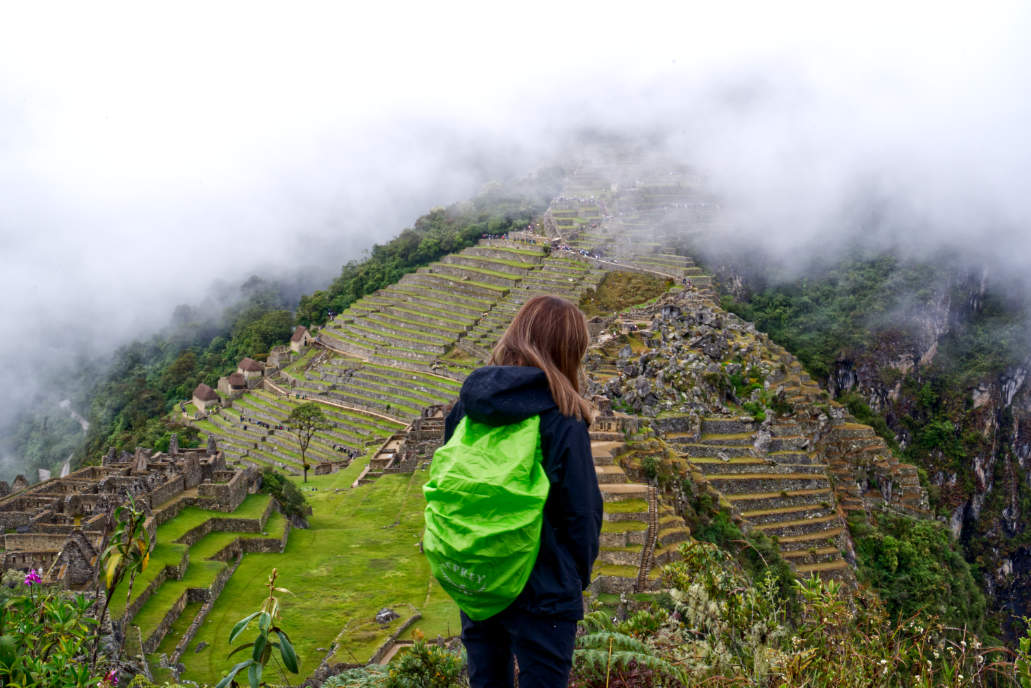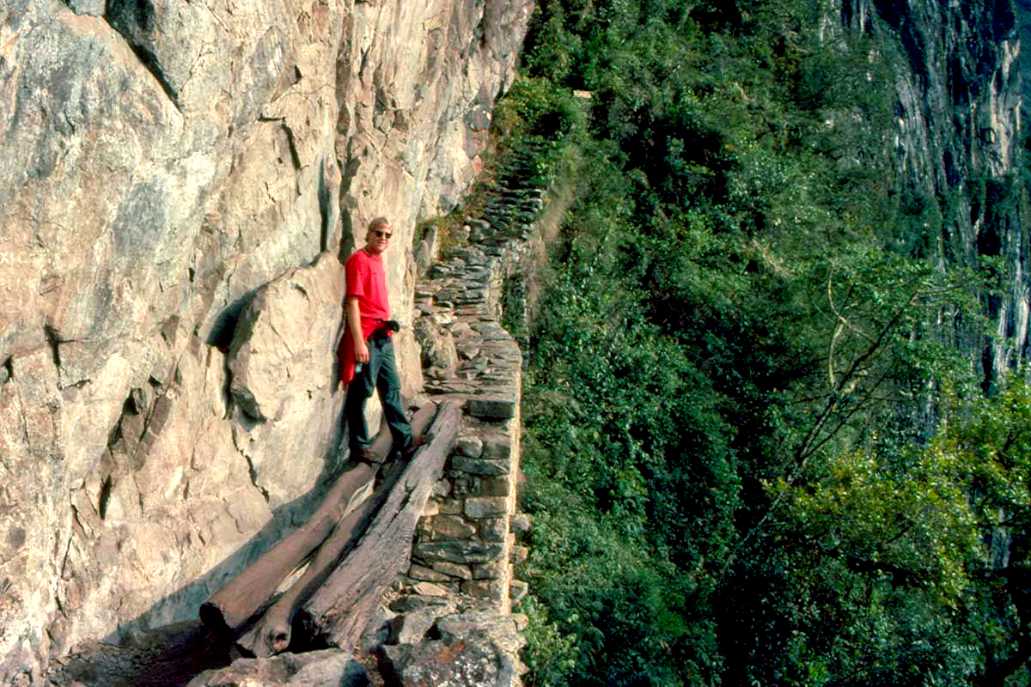The 6 most difficult hikes in Machu Picchu
Machu Picchu can be visited either on a tour or on your own. The tour already includes all the necessary tickets for a proper visit. The self-guided visit requires the tourist to purchase all the tickets separately. While many visitors visit independently, many people decide to visit with an all-inclusive tour. How do you choose the right tour agency? What services are included in a tour? Know some important aspects of the tour to Machu Picchu and visit your dreams.
Content
What are the multi-day trekking routes to Machu Picchu? – Machu Picchu is famous for its great history, stone architecture, and beautiful landscapes. Within the Inca citadel, there are hiking trails such as those leading to the top of Machupicchu Mountain, the famous Huayna Picchu MountainMountain, the small Huchuy Picchu mountain, Intipunku, the Inca Bridge, and more. However, few visitors know that there are longer routes, lasting several days, that allow you to reach the Inca citadel on foot. The most famous of all is the 4-day Inca Trail, considered one of the best trekking routes on the planet. This trek lasts 4 days and 3 nights of camping in which the visitor will travel 39 kilometers until arriving at Machupicchu through the Intipunku, the Sun Gate (just as the Incas did hundreds of years ago). But the Inca Trail is not the only route. There are also famous treks such as the Salkantay Trek 5 days (70 kilometers), the Lares Trek 4 days (45 kilometers), the Huchuy Qosqo Trek 3 days (17 kilometers), the Inca Jungle (the route that adds the practice of adventure sports) and more. All treks allow you to arrive at Machu Picchu after an adventure full of history and beautiful landscapes.
1. The route to Machu Picchu mountain
The route to Machu Picchu mountain is considered the most challenging, and arduous in the Inca citadel. The route leads to the top of Machu Picchu mountain (3,800 meters above sea level), the same mountain that gave its name to the archaeological site and is located at the highest point of the site. The Incas built Inca roads, mainly stairways to get there. It is believed that the Incas sought to worship their gods from the highest point (the sun, the moon, the stars, the mountains).
The route to Machu Picchu mountain is 3 kilometers uphill on average. For an average tourist, the ascent takes approximately 2 hours. The descent is only 1 hour and 30 minutes. The route is available every day of the year for tourists over 18 years old. It is not a dangerous hike but it is arduous and challenging. From the top of the mountain, you get the most panoramic view of Machu Picchu and the beautiful geography that surrounds it. The entrance is done in two schedules: at 8 am and 10 am.
- Ticket required for the visit: Entrance ‘Machu Picchu with Mountain’. Includes circuit 1 at the archaeological site.
- Ticket price: Foreign adults 200 soles / foreign university students 125 soles / additional discounts for visitors from the Andean Community of Nations: Peru, Colombia, Ecuador or Bolivia.
2. The route to the Temple of the Moon, the Great Cavern
After the hike to Machu Picchu mountain, the route to the Temple of the Moon, also called the Great Cavern, is considered the most difficult. The Great Cavern owes its name to the fact that its thin stone walls were carved inside a cave in the lower part of the Huayna Picchu mountain. The Temple of the Moon is 2,200 meters above sea level on average. It is believed that there the Incas performed ceremonies to the dead because, according to the Inca cosmovision, the caves connected the world of the living (kay pacha) with the world of the dead (uku pacha).
The route to the Temple of the Moon is approximately 3 kilometers. It can take an average visitor 2 hours to get to the Great Cavern and another 2 hours to return from there. The route is only available during the high tourist season, that is, from June 1 to October 15 of each year. Visitors under 18 years of age are not allowed to enter. Although you do not get a panoramic picture of Machupicchu, you do get to be close to one of the most mysterious and least visited temples of Machu Picchu.
- Ticket required for the visit: Entrance ‘Machu Picchu with Great Cavern’. Includes circuit 3 in the archaeological site.
- Ticket price: Foreign adults 200 soles / foreign university students 125 soles / additional discounts for visitors from the Andean Community of Nations: Peru, Colombia, Ecuador or Bolivia.
3. The route to Huayna Picchu
The hike to the top of Huayna Picchu mountain is perhaps the most popular hike in Machu Picchu. The ‘Huayna’ is located at 2,693 meters above sea level, in the northern part of the archaeological site. Its name means ‘young mountain’, while Machu Picchu means ‘old mountain’. From the top of the mountain you get panoramic views of Machu Picchu. However, the route is not easy. You have to climb hundreds of stone steps built by the Incas. On the route there are challenging stretches such as the ‘stairs of death’ or a narrow cavern that must be crossed on the way back.
The route to Huayna Picchu mountain is 2 kilometers on average. A tourist can reach the summit after 1 to 2 hours of walking. This trekking route is available every day of the year, but only to tourists over 18 years old. The access point to Huayna Picchu is the same as the one leading to Huchuy Picchu or the Great Cavern (Temple of the Moon). However, the route to Huayna Picchu is the most requested by tourists.
- Ticket required for the visit: Entrance ‘Machu Picchu with Huayna Picchu’. Includes circuit 3 in the archaeological site.
- Ticket price: Foreign adults 200 soles / foreign university students 125 soles / additional discounts for visitors from the Andean Community of Nations: from Peru, Colombia, Ecuador or Bolivia.
4. The route to Intipunku, the Gate of the Sun
The Intipunku was the main entrance gate in Inca times. It connects Machu Picchu with the qhapac ñan, or royal roads that covered more than 30 thousand kilometers in various regions of present-day Peru, Colombia, Ecuador, Bolivia, Chile and Argentina. Its name precisely means, translated from the Quechua language, ‘door of the sun’, because there are stone buildings there to receive the first rays of the sun. From there you have a panoramic view of the Inca city, the first in the case of visitors who make the Inca Trail 2 or 4 days and arrive there.
The route to Intipunku is 2 kilometers uphill on uphill trails. On average a visitor can complete the uphill hike in 1 hour 30 minutes (1 hour more to return). This hike is available for visitors of all ages, but only during the high tourist season (June 1 to October 15). It offers up to four visiting hours per day: 8 am, 9 am, 10 am and 11 am.
- Ticket required for the visit: Entrance ‘Machu Picchu with Intipunku’. Includes circuit 2 in the archaeological site.
- Ticket price: Foreign adults 152 soles / Foreign university students 77 soles / Under 18 years old 70 soles. There are additional discounts for visitors from the Andean Community of Nations: Peru, Colombia, Ecuador or Bolivia.
5. The route to Huchuy Picchu
The Huchuy Picchu is a slope of the Huayna Picchu mountain, in the northern sector of the Inca citadel. Its name, translated from the Quechua language, means ‘small mountain’. Indeed, the route to the top is easy, less than 1 kilometer but uphill by stone steps made by the Incas. From the top you have a full view of the archaeological site and its Inca constructions. Unlike Huayna Picchu, this hike does not require challenging stretches so everyone can complete it, even seniors.
The route to Huchuy Picchu can be done in 40 minutes or even less time depending on the physical capacity of the visitor. However, due to some sections near high falls, visitors under 18 years of age are not allowed to access. Access to this small mountain is only available during the high tourist season, from June 1 to October 15 each year. The entrance ticket offers up to two entrance times per day: at 11 am and 1 pm.
- Ticket required for the visit: Entrance ‘Machu Picchu with Huchuy Picchu’. Includes circuit 3 in the archaeological site.
- Ticket price: Foreign adults 152 soles / foreign university students 77 soles. There are additional discounts for visitors from the Andean Community of Nations: Peru, Colombia, Ecuador or Bolivia.
6. The route to the Inca Bridge of Machupicchu
The Inca Bridge is one of the least visited constructions in Machu Picchu, but no less interesting. As its name indicates, it was a bridge that limited the Inca city with the eastern Amazonian sector. It was made of a large wooden trunk supported on a solid base of stones that connected the qhapac ñan (royal roads) to the kingdoms of the jungle. It is presumed that the bridge could be removed in case of invasions or threats. Its access is in the upper part of the archaeological site (in the sector of the House of the Guardian).
The Inca Bridge is less than 1 kilometer from the sector of the Guardian’s House to Machu Picchu. It is considered the easiest route in the Inca city. An average visitor can complete this route in 30 minutes or even less. But the hike passes over frightening cliffs overlooking the Vilcanota River. Even so, the hike is on wide trails, safe for everyone. The route is allowed only to visitors over 18 years old during the high tourist season: from June 1 to October 15 of each year. It offers up to 4 entrance hours: at 8 am, 9 am, 10 am and 11 am.
- Ticket required for the visit: Entrance ‘Machu Picchu with Inca Bridge’. Includes circuit 1 in the archaeological site.
- Ticket price: Foreign adults 152 soles / foreign university students 77 soles. There are additional discounts for visitors from the Andean Community of Nations: Peru, Colombia, Ecuador or Bolivia.
By Machupicchu Terra – Last updated, September 25, 2024
